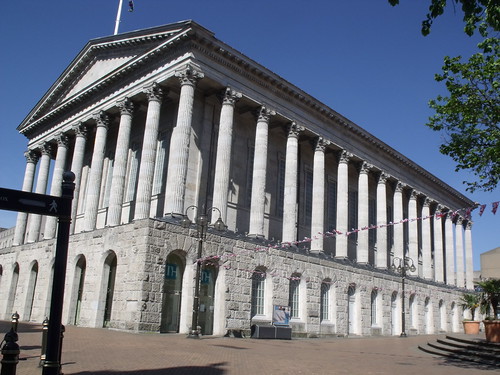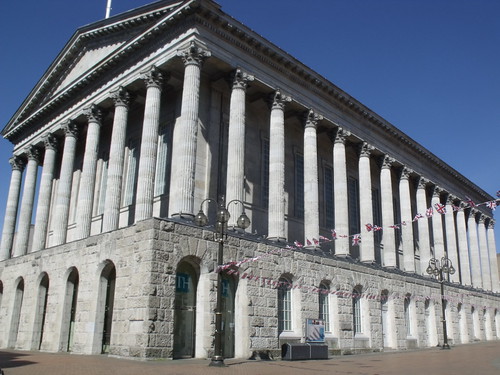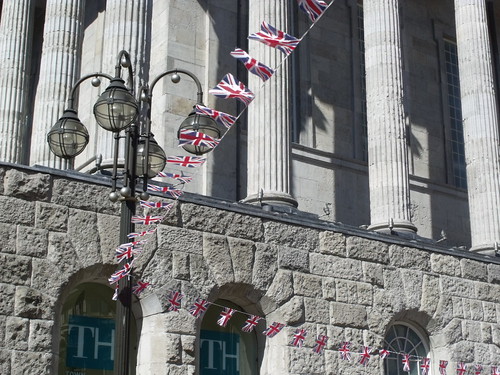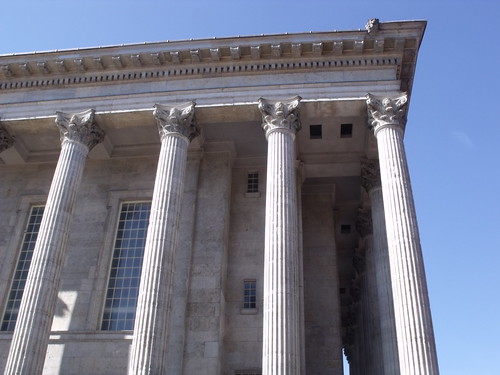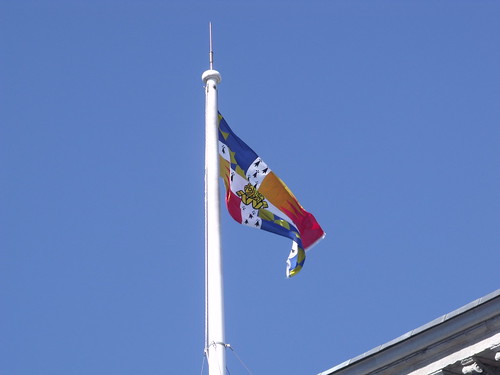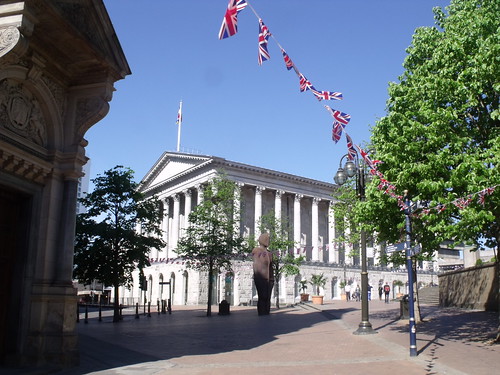ellbrown
ell brown on Flickr
(1) a drawing of the Town Hall in 1860
Interesting to see the statue of Peel in front of the Town Hall. Looks different to the one now outside Tally Ho!
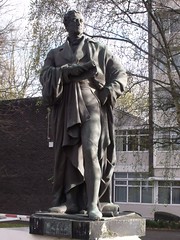
Statue of Robert Peel in Edgbaston, Birmingham by ell brown, on Flickr
and the plinth now in Calthorpe Park

Calthorpe Park, Edgbaston - plinth of the Robert Peel statue by ell brown, on Flickr

